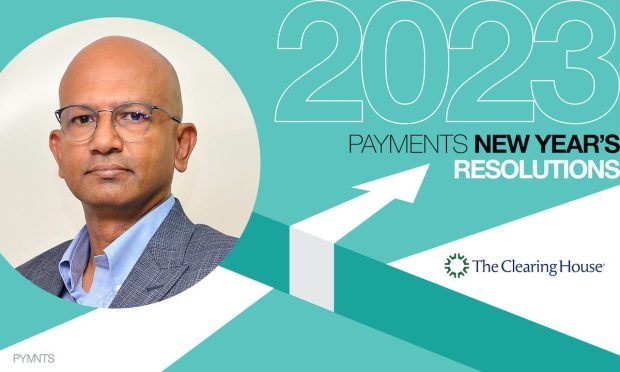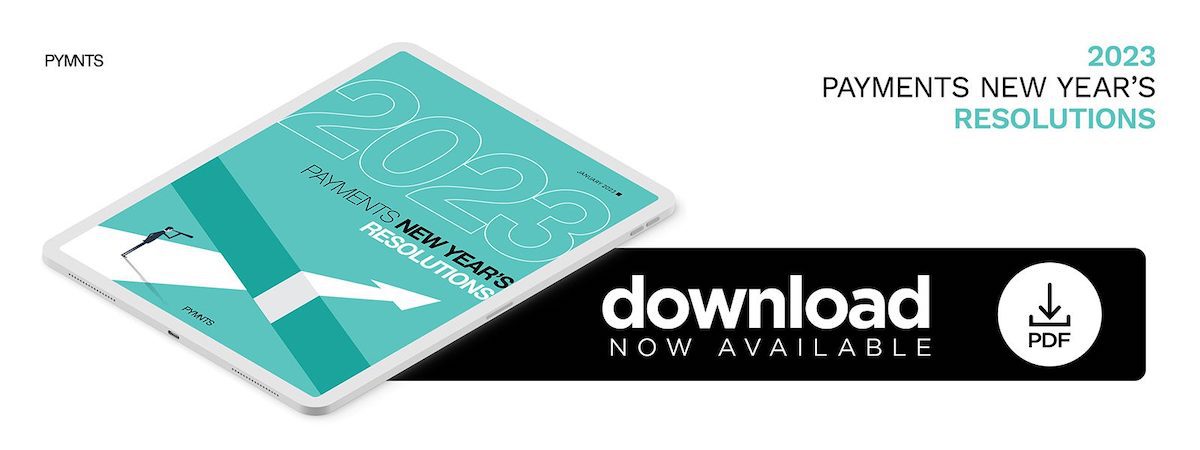2023 Is the Year Banks Commit to Instant Payments

Banks, credit unions, banking platform providers, FinTechs and others involved in the payments process must commit to implementing real-time payments, Rusiru Gunasena, SVP of RTP product development and strategy at The Clearing House, writes in the PYMNTS eBook, “2023 Payments New Year’s Resolutions.”
If you feel like everything happens in real time nowadays, you are not alone. Shopping, the news cycle, digital entertainment and travel planning, just to name a few, all happen instantly in today’s hyperconnected world. One of the only things that is not instant: payments. And that is rapidly changing.
Despite the electronification of financial services that began decades ago, payments have lagged behind society’s broader real-time revolution, especially here in the United States. In 2023, however, the payments industry will take giant steps to move toward real-time payments for all. And the timing couldn’t be better. With a slowing economy and rising interest rates, business and consumers need faster access to funds to pay bills, or perhaps take advantage of more favorable interest rates.
To truly bring to everyone in the Unites States the benefits of instant availability of funds, including no lag in payment settlement and the peace of mind that the payment was completed on the spot via payment confirmations, the industry collectively needs to commit to implementing real-time payments. This includes banks and credit unions, core banking platform providers, business software vendors, FinTechs, network operators and anyone involved in the payments process.
The real-time payments journey that began in November 2017 in the U.S. with the launch of the RTP® network, operated by The Clearing House, has recently kicked into a higher gear. In Q4 2022, the RTP network carried 49 million transactions worth $22.7 billion. Transaction volumes and value has been steadily increasing, averaging over 10% growth per quarter since the end of 2018. Similarly, banks and credit unions continue to join RTP, which continues to expand the reach of the network (currently at 62% of demand deposit accounts in the U.S.).
Consumers already have shown their appetite for real-time payments and FIs can see this increased desire for real-time by simply looking at the transaction history of funds moving in and out of deposit accounts. Many digital wallets, including Digit, PayPal and Venmo, offer instant withdrawals via RTP. Consumers frequently use the “instant” option to have immediate access to funds. Today, digital wallet disbursements to checking or savings accounts are the most common use case on the RTP network.
Businesses, especially during the pandemic where supply chain problems exploded, turned to real-time payments to pay suppliers immediately to ensure the prompt delivery of goods or services. Similarly, small businesses, which are often starved for cash, utilized real-time merchant funding to access revenue from that day’s transactions to pay expenses, rather than wait days for traditional merchant processing payouts. This was particularly helpful during weekends, when traditional payment methods are not available. The RTP network is available 24/7/365.
Workers have also shown a growing desire for real-time payments, and they are now turning to earned wage access (EWA) providers to get faster access to their wages. Instead of being paid weekly or biweekly, workers can get paid daily and on-demand for the work they have completed by a payment sent over RTP. EWA and gig economy worker payments are the fastest growing use case on RTP, and now total over 12 million payments per quarter.
So how does the industry collectively move toward real-time payments? It starts with the realization that bank customers and credit union members, both consumers and businesses, are using and demanding more real-time products and services, and that also includes payments. Customers are already turning to FIs that can offer real-time payments, and businesses see the value of real-time in many parts of the business. This is the year when FIs and technology providers come together to give customers, both consumers and businesses, the new functionality that they have been asking for: real-time payments.


